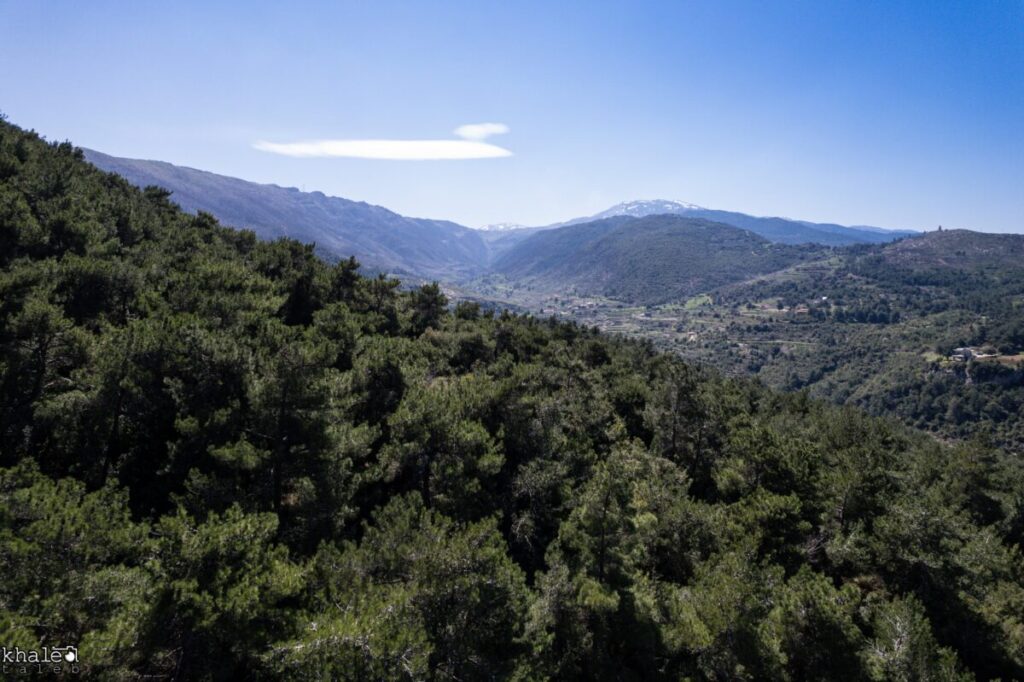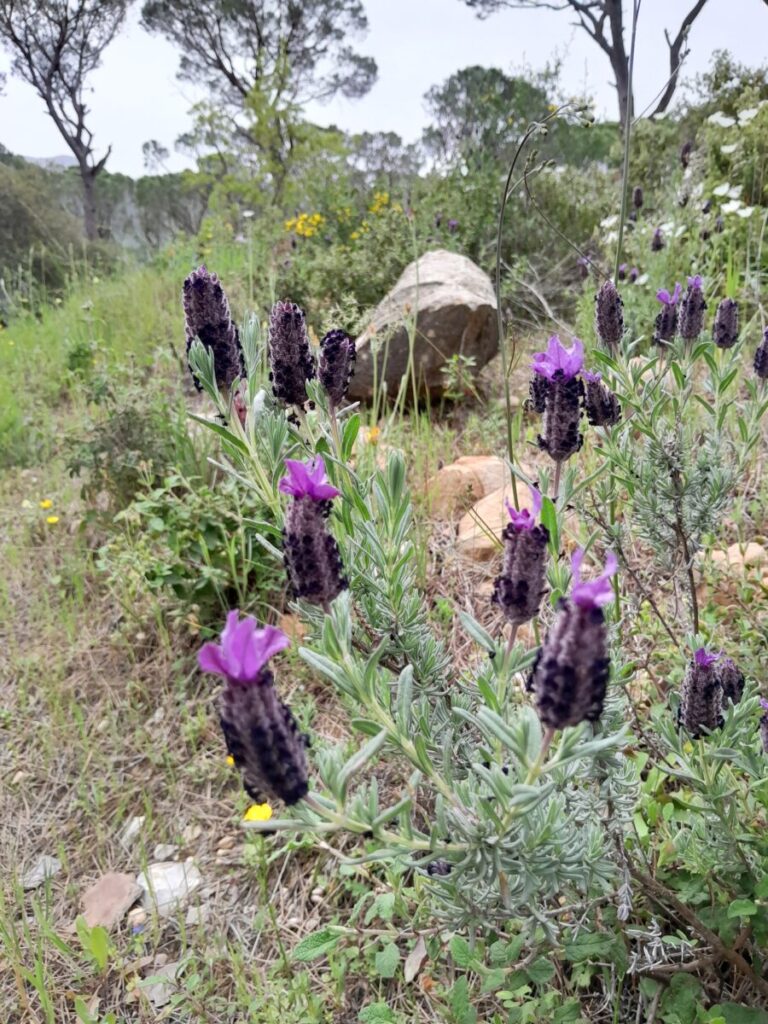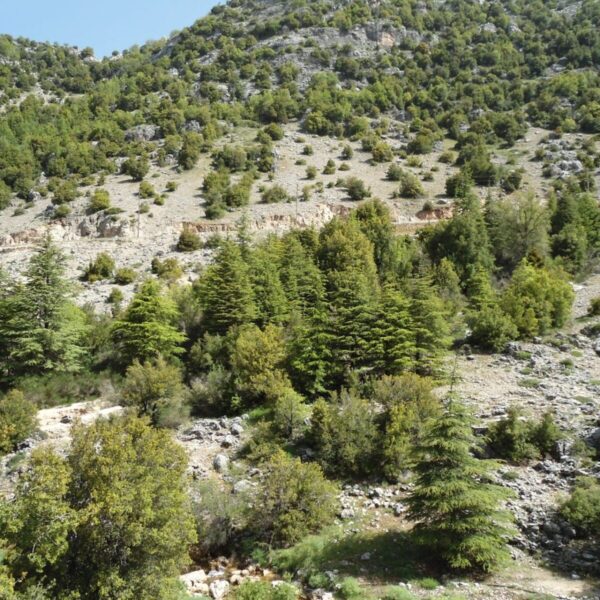Rich in biodiversity, the Mediterranean forests of Lebanon are in peril. An innovative solution, assisted migration of species, could offer them a future. This scientific process, still emerging in the region, combines conservation and adaptation to preserve these natural treasures while addressing the ecological challenges of the 21st century.
Lebanon, like the rest of the Mediterranean basin, is facing an unprecedented ecological crisis. Climate change, exacerbated by anthropogenic pressures such as deforestation and urbanization, is pushing forest ecosystems to their limits. A promising solution, based on recent scientific advances, could reverse the trend: assisted migration of forest species. This process, still in the exploratory phase in the region, aims to protect ecosystems while anticipating the effects of global warming.
Mediterranean forests: a treasure in peril
The Mediterranean forests of Lebanon are home to rich biodiversity, with 8.7% of endemic species such as Kotschy's oak (Quercus kotschyana), Lebanese cyclamen (Cyclamen libanoticum)... These forests play a crucial role in stabilizing soils, regulating the hydrological cycle, capturing carbon, and maintaining the microclimate of the regions.
However, climate warming is already affecting these ecosystems. Prolonged heatwaves, irregular rainfall, and longer drought periods are leading to increasing water stress, reducing trees' ability to reproduce and grow. A study published by Global Forest Watch indicates that in 2023, Lebanon has 480 hectares of natural forests less than in 2010.
Forest species are struggling to keep pace with the rapid changes in climate. If no action is taken, this could lead to the local extinction of species unable to adapt quickly.
A promising solution
Hence the interest in assisted migration. This ecological management technique involves intentionally moving plant species to areas where future climatic conditions will be more suitable for their survival. It offers multiple benefits that far exceed species conservation. By enhancing forest cover, it helps reduce natural risks such as erosion and flooding, while playing a key role in carbon sequestration and combating climate change. Moreover, by involving local communities, these projects promote economic development and strengthen the sense of belonging to the environment.
Unlike natural regeneration, which relies on the spontaneous movement of species through seeds and pollen, assisted migration depends on human intervention. This allows for overcoming geographical or temporal obstacles, such as mountainous terrains or the slow pace of natural processes.

Reforestation of the arid slopes of Mount Lebanon
The NGO Jouzour Loubnan has launched several projects to reforest the arid regions of Mount Lebanon. Based on studies from the seed conservation and germination laboratory at the Faculty of Sciences of Saint Joseph University of Beirut, specialists have managed to predict where certain tree species will thrive in a few years. Using computer models and scientific data, cedar, juniper, fir, and pine populate the arid slopes of Mount Lebanon. The seedlings are treated with mycorrhizal fungi (fungi that associate with plant roots to improve nutrient absorption) to enhance their survival rate. This technique increases survival by 35% compared to traditional methods.
Several isolated initiatives are experimenting with this same technique in other regions of Lebanon such as Akkar (North Lebanon) and the Bekaa.
The scientific and logistical challenges
Assisted migration faces several obstacles. Financial constraints are a major challenge, as significant investments are needed for their implementation and long-term monitoring.
If supported by solid research and sustainable policies, this method could serve as a model for other Mediterranean regions facing the same challenges.
The Lebanese forests are not only a heritage of the past but a living laboratory for tomorrow's solutions. By redesigning their future, the country is also charting a more sustainable path for coexistence between humans and nature.

Cover Photo: Forest of young cedars in the Ehmej region (Mount Lebanon)© Edward Sfeir
